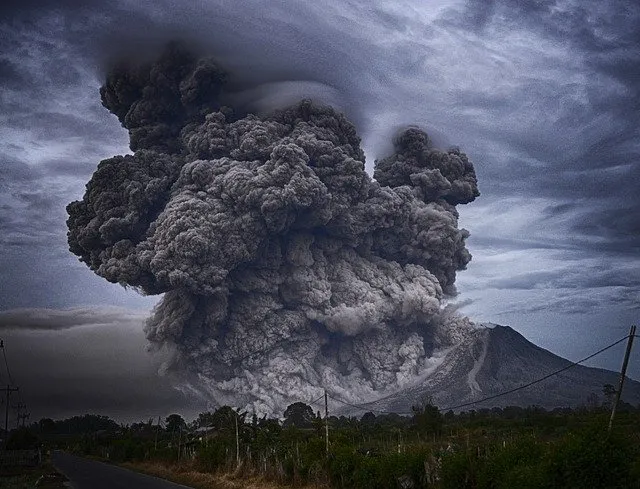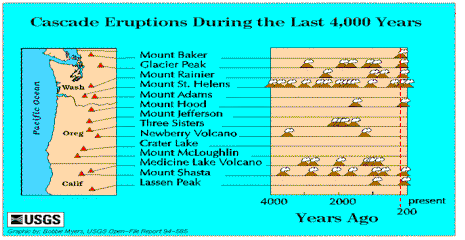
Hazards Associated with an Eruption
From the links below, make sure to view Lava Flow, then Pyroclastic Flow, and finally proceed to Hazards Independent of an Eruption.
The Major Types of Hazards That Will Accompany an Eruption
Tephra Fall
Learn More Next:
Continue with Mount Rainier's Hazards - "Hazards Independent of an Eruption"
